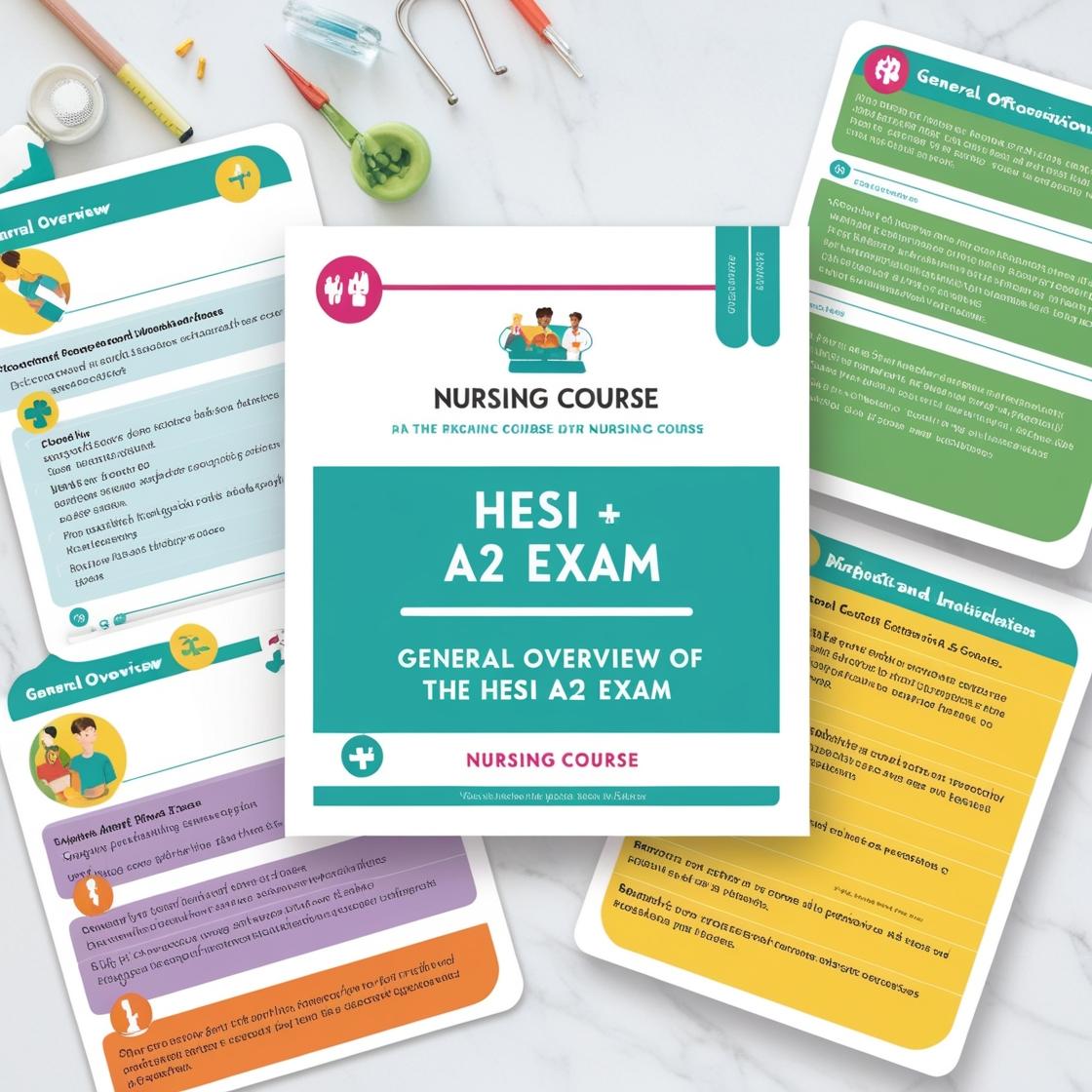HESI A2
HESI A2 Practice Test Math
1. Erin has 6.25 peach pies. She gives Rose 3.75 of the peach pies. How many pies does Erin have left?
- A. 2 peach pies
- B. 3 peach pies
- C. 1 peach pie
- D. 2 peach pies
Correct answer: A
Rationale: To find how many pies Erin has left, subtract 3.75 from 6.25: 6.25 - 3.75 = 2.5 peach pies. Erin has 2.5 peach pies left, which rounds down to 2 pies, making choice A the correct answer. Choices B, C, and D are incorrect because they do not reflect the correct subtraction result.
2. A stop sign has five equal sides, each measuring 25cm. What is its perimeter?
- A. 100cm
- B. 125cm
- C. 150cm
- D. 175cm
Correct answer: C
Rationale: Rationale: - Since a stop sign has five equal sides, each measuring 25cm, the perimeter can be calculated by adding up the lengths of all five sides. - Perimeter = 25cm + 25cm + 25cm + 25cm + 25cm = 125cm - Therefore, the perimeter of the stop sign is 125cm.
3. In a class of 25 students, 44% are boys. How many boys are there?
- A. 10 boys
- B. 11 boys
- C. 9 boys
- D. 13 boys
Correct answer: B
Rationale: To find the number of boys in the class, calculate 44% of 25 students. 44% of 25 is calculated as follows: 0.44 x 25 = 11 boys. Therefore, there are 11 boys in the class. Choice A, 10 boys, is incorrect as it miscalculates the percentage. Choice C, 9 boys, is incorrect as it is less than 11. Choice D, 13 boys, is incorrect as it is greater than the correct calculation.
4. Change the following percentage to a decimal: 58%
- A. 0.58
- B. 5
- C. 0
- D. 0
Correct answer: A
Rationale: To convert a percentage to a decimal, move the decimal point two places to the left. Therefore, 58% as a decimal is 0.58. Choice B, 5, is incorrect as it does not represent the conversion of a percentage to a decimal. Choices C and D, both 0, are also incorrect as they do not reflect the correct conversion of 58% to a decimal.
5. Convert the decimal 0.98 to a percent.
- A. 98%
- B. 9%
- C. 98
- D. 99%
Correct answer: A
Rationale: To convert a decimal to a percent, you multiply the decimal by 100. In this case, 0.98 × 100 = 98%. Therefore, the correct answer is A, which is 98%. Choice B (9%) is incorrect as it results from an error in calculation. Choice C (98) is incorrect as it lacks the percent symbol. Choice D (99%) is incorrect as it is not the equivalent percentage of 0.98.
Similar Questions

Access More Features
HESI A2 Basic
$89/ 30 days
- 3,000 Questions with answers
- 30 days access @ $89
HESI A2 Premium
$129.99/ 90 days
- Actual HESI A 2 Questions
- 3,000 questions with answers
- 90 days access @ $129.99
